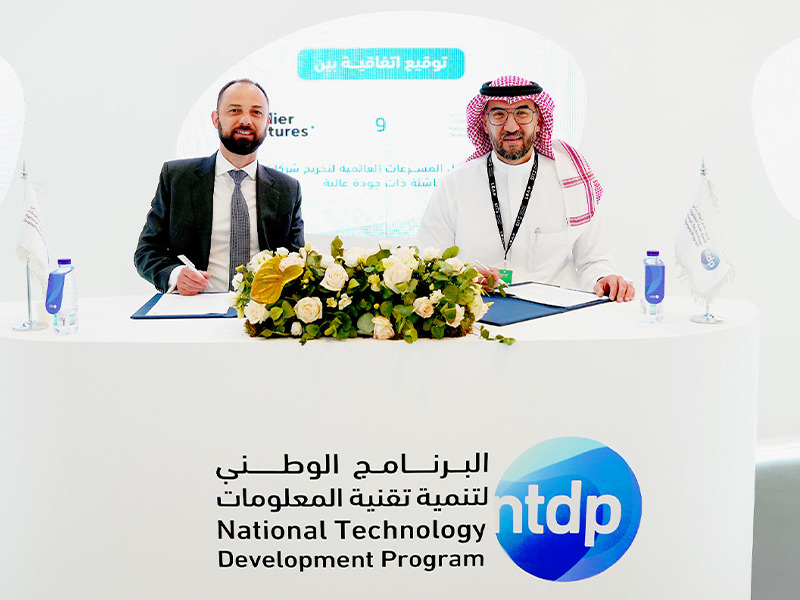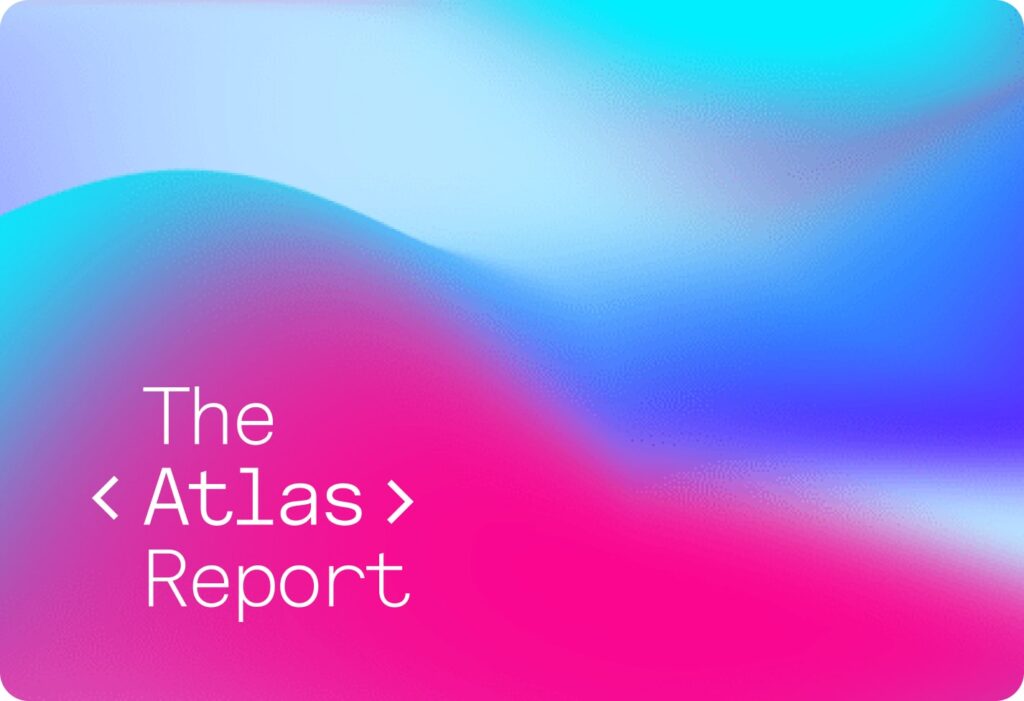With product development, the first thing most founders think of is the roadmap. Ideally, they think about customer discovery: a loop that starts with a hypothesis and then goes on to test the problem with customers. Once assumptions have been proven, that determines everything else.
However, while the first phase should absolutely be customer discovery, there is also another element to product development that too many founders ignore: defining the problem itself.
What is the pain point that is worth being solved? This is no simple riddle – it defines the entire mission of what you are trying to build. To articulate this is an ongoing process. It is not something that can be answered in a rush. Instead, it requires asking yourself several questions as a founding team.
The hidden part of the customer discovery process
The first objective of the customer discovery process is often thought to be identifying the first people interested in using your product. Typically this means turning your core assumptions into hypotheses: around who your customer is, the pain point you are solving for them, and how the customer will purchase from you. However, there is another part of the customer discovery process that founding teams also need to understand.
It comes down to team building, which is also part of the customer discovery process. While on the one hand, it is important to understand your target audience – on the other hand, it’s essential to ensure that you have the team to build the venture. 23 per cent of failed startups have referred to team issues as an element as it is a crucial part of getting any idea off the ground.
Often meeting cofounders requires a bit of serendipity, and there is no science behind that. However, the connections you build up over time are the ones that you should leverage. People can also meet through hackathons or mutual connections.
There is no need to have too big a team, as a large team is not a great idea for a founding team. Instead, the classic setup is typically a commercial founder and a builder. There are some variants depending on the venture – perhaps a vertical aspect that requires specific expertise demands a third founder that brings that knowledge.
Once there is a team in place, having a compelling concept and starting to build is crucial. At the very least, it provides a social signal that the idea can be built. However, a bottleneck comes when founders cannot learn more than what they already know, and I have seen founders outgrow their ideas. For this reason, it is important to ask what your growth as a team will look like so that you grow as a founding team alongside the idea’s evolution.
No matter what, it is crucial for a founding team to be coachable – to be able to really listen and understand where the weaknesses are. This is what determines the growth of a team, which in turn enables the evolution of product-market development. It is self-awareness that enables people to grow over time and continually learn, integrating feedback from customers and stakeholders alike.
20 per cent of startups fail within the first year, and doing strong customer development is the best way to prevent this. What gets in the way of strong customer development is ego. When it comes to doing customer development well, story mapping can be an incredibly useful tool to keep everyone aligned on the same page.
Story mapping as a tool
As a founding team, the scope refers to the roadmap, which keeps the team synchronised and shows what is going on and what is planned. 34 per cent of startups fail because of a lack of product-market fit, and a roadmap helps to track the evolution of that product-market fit over time. Specifically, it displays what is being built and helps the team understand what is going on.
At Outlier Ventures, one thing we also talk about alongside the concept of the roadmap is story mapping. Jeff Patton came up with the concept and talks about how to deliver a product that meets the needs of its intended users. Story mapping is a classic approach that tries to split the user stories into activities, steps and subtasks – this, in turn, will create the user journey.
Story mapping reveals the details of how to deliver true customer value and maps how to iterate effectively over time. If you need to discuss your plans and development externally with other shareholders having something visual, it provides a far simpler tool.
It is also a necessary tool in determining ongoing access and scope and can be used during any phase of the product life cycle. It means that instead of getting caught up in a backlog of tasks, founders have a clearer visual path for tracking their progress.
The huge advantage of story mapping is the optionality that it gives you. It allows you to build out and visualise different paths, discuss all those options, and then select where it makes much more sense to create the final story maps as a result of the discussions within the team.
How to create a story map in five steps
Building a user story map is an effective exercise in determining the user’s journey with the product, identifying any gaps, and moving the process away from feature listing and towards focusing on the user’s needs. There are various ways to build a story map, but to get to an initial version of a story map, five steps are required.
Step 1: Set the constraints of the journey
The start of the process requires you to clarify the product vision or the goal of a specific feature you’re mapping out. Perhaps one of the easiest ways to do this is to define as a group: What shall our product do?
Step 2: Create a rough outline or backbone
This is where you outline the entire user journey from beginning to end. There is no need for too much detail as, at this stage, it is important to have the high-level steps mapped out as opposed to the fine print.
Step 3: Group together activities
After creating the backbone, you may begin to see the same themes coming up, and in user story mapping, these are referred to as activities. In this stage, once all the activities are listed, you can now start to group them together into chunks.
Step 4: Divide larger tasks into smaller tasks
Now that there is a backbone and groups of activities, it is time to break those down into sub-tasks. These are then slotted along with the relevant activity to clarify exactly which particular goal it feeds into.
Step 5: Set priorities for those tasks
After creating those sub-tasks, it is time to assign a value or priority to each of them to see which are most vital to creating core features. It is best to keep the most important ones at the top while the less crucial ones can be kept lower down.
Building great products is a collaborative and ongoing evolution which is never fully complete. In the early stages, the startup product development process involves examining and proving hypothesis after hypothesis and eventually getting to the truth. The above helps founding teams get from discussion to mapping – while keeping stakeholders on the same page.
Making Web3 more user-friendly
A final thing to mention is Biconomy, who are building the multi-chain transaction infrastructure for next-generation Web3 applications. We invested in Biconomy as we share their passion for bringing mainstream adoption to blockchain-based applications. Like them, we believe that for mass adoption of blockchains and crypto interactions – transactions, in particular, must be simpler, decentralised, transparent, and secure.
Any founding team should know that Biconomy’s powerful plug-and-play SDK and APIs enable developers to add just a few lines of code in order to transform the user experience. Biconomy helps developers to easily remove many friction points and create a simple and customised user journey, so end users do not get frustrated by blockchain complexities (which can dramatically increase user retention).
Decentralised applications can leverage Biconomy’s infrastructure to offer gas-less transactions to their end-users, create a monthly subscription model (such as $10 per month for all transactions) or be able to pay for transactions with any given token, whether it’s directly pegged to monetary value or a different community token. Biconomy’s architecture is platform and blockchain agnostic, meaning that it can be integrated via rest APIs on any platform as well as on any chain.
In conclusion, by enhancing developer and end-user experience, they are paving the way for how blockchain applications are built. They are led by a team of entrepreneurs, builders, and product people looking to make the digital economies of the future a reality for future generations to come – and they are a company to follow if you are building for Web3.
In this piece, you’ve learned about what to look out for in developing a product. Here are our top tips:
- There is no need to have too big a team, as a large team is not a great idea for a founding team. Instead, the classic setup is typically a commercial founder and a builder.
- In the early stages, the startup product development process involves examining and proving hypothesis after hypothesis and eventually getting to the truth.
- Building a user story map is an effective exercise in determining the user’s journey with the product, identifying any gaps, and moving the process away from feature listing and towards focusing on the user’s needs.
Further reading:
- A Definition and Overview of Story Mapping by ProductPlan
- The Ultimate Guide to User Story Mapping [2021 Guide] by Easy Agile
- Book Summary: The Lean Startup by Trev de Vroome



